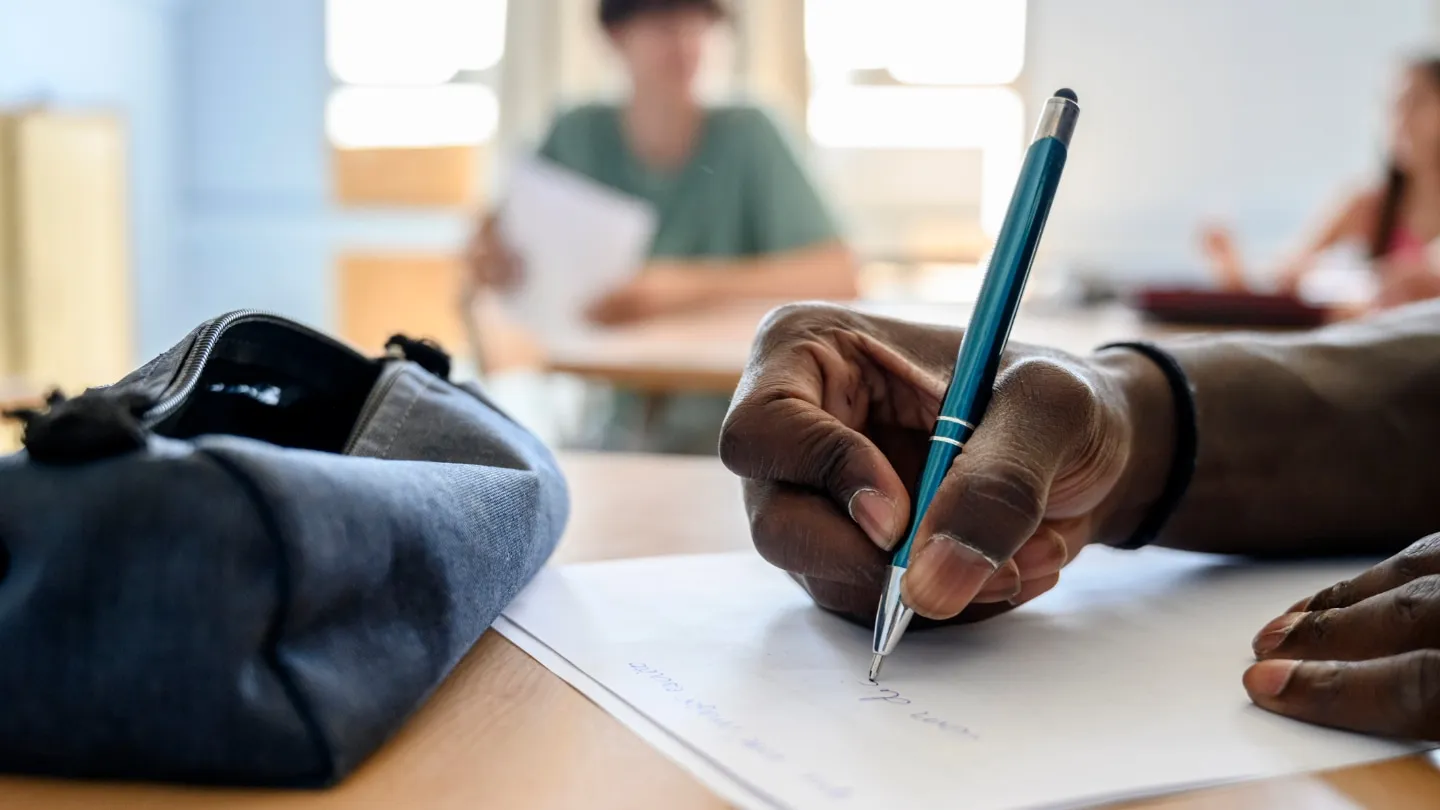Try out WriteStories free for 7 days!



.svg)
Back to blog
Blog
Handwriting Meets Keyboarding

Category
General
Date
June 23, 2025
Reading time
3 min read
Author

Bob Wood
Recent education research confirms what teachers have long sensed: handwriting builds stronger letter recognition and word memory than typing alone. A major study from the University of the Basque Country showed that 5- and 6-year-olds learned new alphabets best when writing letters by hand instead of typing. For educators, the message is clear: don’t stop handwriting, but still include keyboarding skills—students benefit from both.
That’s where WriteStories shines. It blends typing practice and motor memory with storytelling fun, making literacy active and dynamic. Here’s how it supports both skills:
- Writing by Hand Comes First
Start with handwriting warm-ups. Take notes of how the story should proceed. This builds the graphomotor foundation—crucial for memory and motor coordination. - Typing to Bring Stories to Life
Once warmed up, students type their narratives for each illustration on WriteStories. They practice typing fluency, formatting, and digital navigation—all through the lens of imaginative composition. - Comprehension Reinforced Through Action
Writing physically and then typing reinforces how letters, words, and sentences are formed. The dual activities deepen literacy and keep learning engaging and multisensory.
Why It Matters in Today’s Classrooms
- Balanced Literacy Development: Combining handwriting and typing ensures foundational skills aren’t sacrificed in digital-rich classrooms.
- Cognitive and Motor Memory: A 2025 study confirms graphomotor activities help encode letter shapes and structures more robustly than typing alone.
- Real-world Readiness: In a classroom where digital and paper-based work coexist, students gain versatility through blended practice.
Classroom Activity Idea: The Hybrid Writing Jam
- Handwriting Puzzle: Look at an image and manually write a descriptive sentence in a notebook.
- Typing Round: Transfer and expand that sentence into WriteStories—add dialogue, details, or a twist.
- Class Sharing: Compare handwritten versions and typed stories. Discuss how each felt different and what insights emerged.
At-Home Suggestion: Daily WriteStories Routine
- Weekdays: start with a 5-minute handwriting prompt—maybe a fun phrase or a thought inspired by a favorite image.
- Then, dive into WriteStories: type your daily story.
- Over time, kids strengthen handwriting fluency, typing speed, creativity, and narrative skills.
The Takeaway
Modern literacy doesn’t choose between handwriting or typing—it embraces both. By combining graphomotor handwriting with digital storytelling, WriteStories provides a holistic literacy experience. It supports research-backed motor learning, digital fluency, and imagination—all through narrative play.









